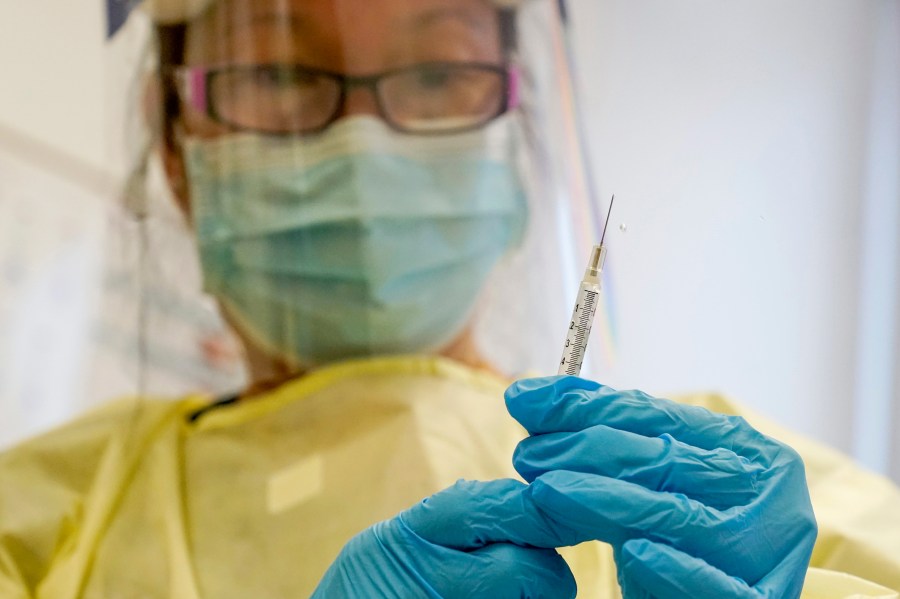The World Health Organization (WHO) released a six-month plan to help stop outbreaks of human-to-human transmission of mpox, which includes adding staff in affected countries, increasing surveillance and ramping up prevention and response strategies.
WHO officials expect the plan will begin in September and end in February and require $135 million in new funding to build off standing recommendations like to advance access to diagnostic tests and vaccines and to help communities participate in outbreak prevention and control.
Vaccination efforts will work to interrupt transmission chains by focusing on people at the highest risk of contracting the virus, such as close contacts to recent cases and health care workers, the agency said in a statement.
“The mpox outbreaks in the Democratic Republic of the Congo and neighboring countries can be controlled, and can be stopped,” WHO Director-General Tedros Adhanom Ghebreyesus said.
“Doing so requires a comprehensive and coordinated plan of action between international agencies and national and local partners, civil society, researchers and manufacturers, and our Member States.”
Mpox is a disease caused by the formerly named monkeypox virus and is part of the same family as smallpox. People with mpox often develop a rash, fever, headache and muscle aches.
Germany announced Monday that it will donate 100,000 mpox vaccine doses from its military stocks to help mitigate the outbreak of the disease in Africa, according to Reuters.
The German government will also give WHO “flexible financial resources” to fight mpox outbreaks and help the organization’s public health partners in Africa through Gavi, the Vaccine Alliance, a spokesperson told Reuters.
WHO declared the recent surge of mpox cases a public health emergency earlier this month, in part, due to rapidly increasing cases in Congo.
As of Aug. 22, there have been a total of 3,326 confirmed and 17,979 suspected cases of mpox, along with 590 deaths from the disease across 12 African countries so far this year, according to the Africa Centers for Disease Control and Prevention.

